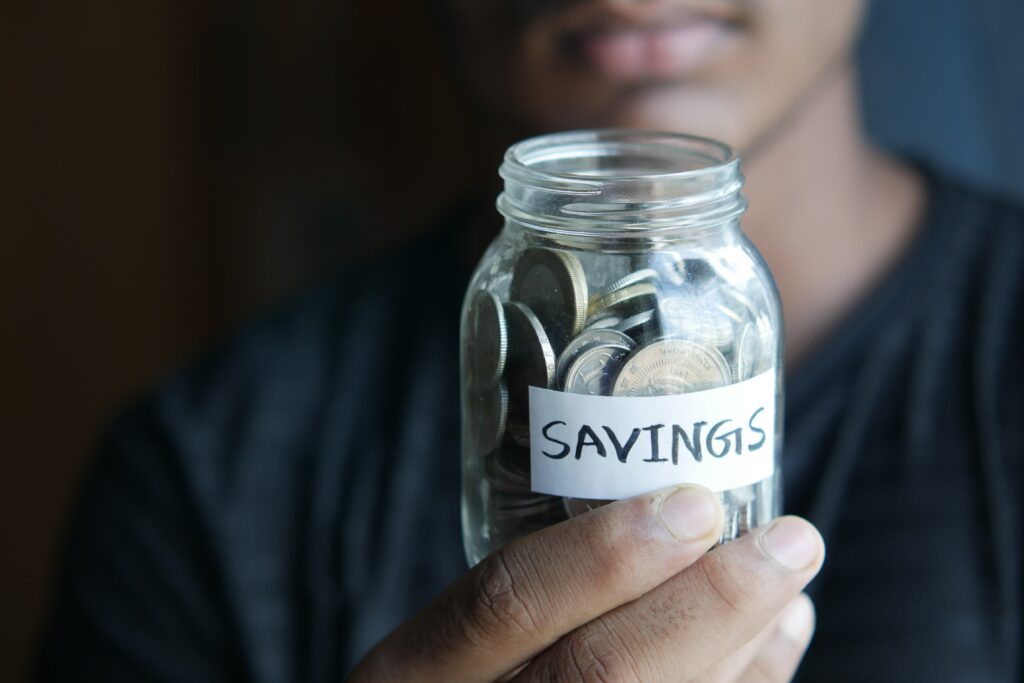
by Nicholas Kukucka, Executive Director of The Ganas Network
How we can build on the Biden Administration’s student loan forgiveness program to promote equitable outcomes in education

My heart broke while sitting across from the family of one of my students as I translated what one of our college counselors had just said: Although she had been accepted into a highly competitive program at her top choice university, the financial package they had offered simply wasn’t enough to make attending financially feasible.
Utterly defeated, my student broke down in tears as her parents consoled her, a plea for forgiveness welling in their eyes as if they were responsible for their lack of power in the face of a system designed to exclude people like their daughter from achieving their true potential.
The hard truth is that they had done everything right; they chose a high-performing high school for their daughter and supported her through the late nights and early mornings to excel inside and outside of the classroom. And yet, it wasn’t enough. She now faced a glass ceiling that no amount of dedication or hard work could have broken.
I shared in the family’s feelings of helplessness. After all, they had trusted my colleagues and me to do our part in preparing her for the rigors of college and career.
When the Biden Administration announced their three-part plan to provide student loan relief on Wednesday, I couldn’t help but think back on this story and the countless others like it that I witnessed in my five years working as a teacher at DSST Public Schools: Green Valley Ranch and earlier as a student myself.
While the typical undergraduate student with loans now graduates with nearly $25,000 in debt, we must also remember that the burden of rising tuition falls disproportionately on borrowers of color. Specifically, Black borrowers are most likely to take out loans for school and borrow nearly $35,000 to complete their undergraduate degree (National Center for Education Statistics). If the cost of college continues to skyrocket as it has in the past several years unchecked, we can only expect the equity gaps to expand.
Perhaps even more concerning is that nearly one-third of borrowers have debt but no degree, according to an analysis by the Department of Education. I think of one of my friends from my graduating class who just celebrated her 30th birthday by finally paying off the loans she took out for the year and a half of college she completed before getting a job in the post office when she could no longer afford tuition.
My grandmother passed away while I was in college, allowing me to repay my student loans upon graduating – something I’m deeply grateful for. In the absence of debt, I’ve been privileged to have the freedom to buy a house, build wealth, lead in my community, and travel over the last several years. I only hope that we can continue to move towards a more just system where others can benefit from the same freedom as I while they lay the foundation for their careers.
Although Biden’s student debt relief plan will provide some much-needed assistance to millions of people across the nation and marks a significant step forward toward a more equitable world, we can all do our part to drive progress further:

- If you have student loans, be sure to review the new policy to see how it will impact you, and sign up for up updates here.
- Educators and college counselors can support their students to make more informed choices about college by building robust financial education programs and exposing students to better information about collegiate programs or alternative career pathways. By including information on attrition rates, average student debt, and expected return on investment for prospective colleges and degrees, students can better decide which program might be best for them.
- Colleges and universities must do a better job at centering students in their decisions. College programs must hold themselves accountable to use their budget efficiently in service of their students to avoid unreasonable hikes in the cost of tuition while providing the support needed for their students to persist through graduation.
- Companies and hiring managers who understand that higher education has become an outdated and flawed system can place more value on alternative options in their hiring like boot camps and certificate programs to access talent that might otherwise go overlooked.
- Community members – even those who don’t have children or work in the education field – still have a wealth of knowledge based on their own experience in education and can engage in conversations on education policies that will impact those coming behind them. The more we all can share and learn about the education experience, the better we can work to reimagine a better system to serve all students with high-quality learning experiences.
So while I applaud the Biden Administration’s plan to relieve student debt as a step toward equity in our education system, we still have a long road ahead. To seize power and promote the next generation of leaders, we must all pitch in.



